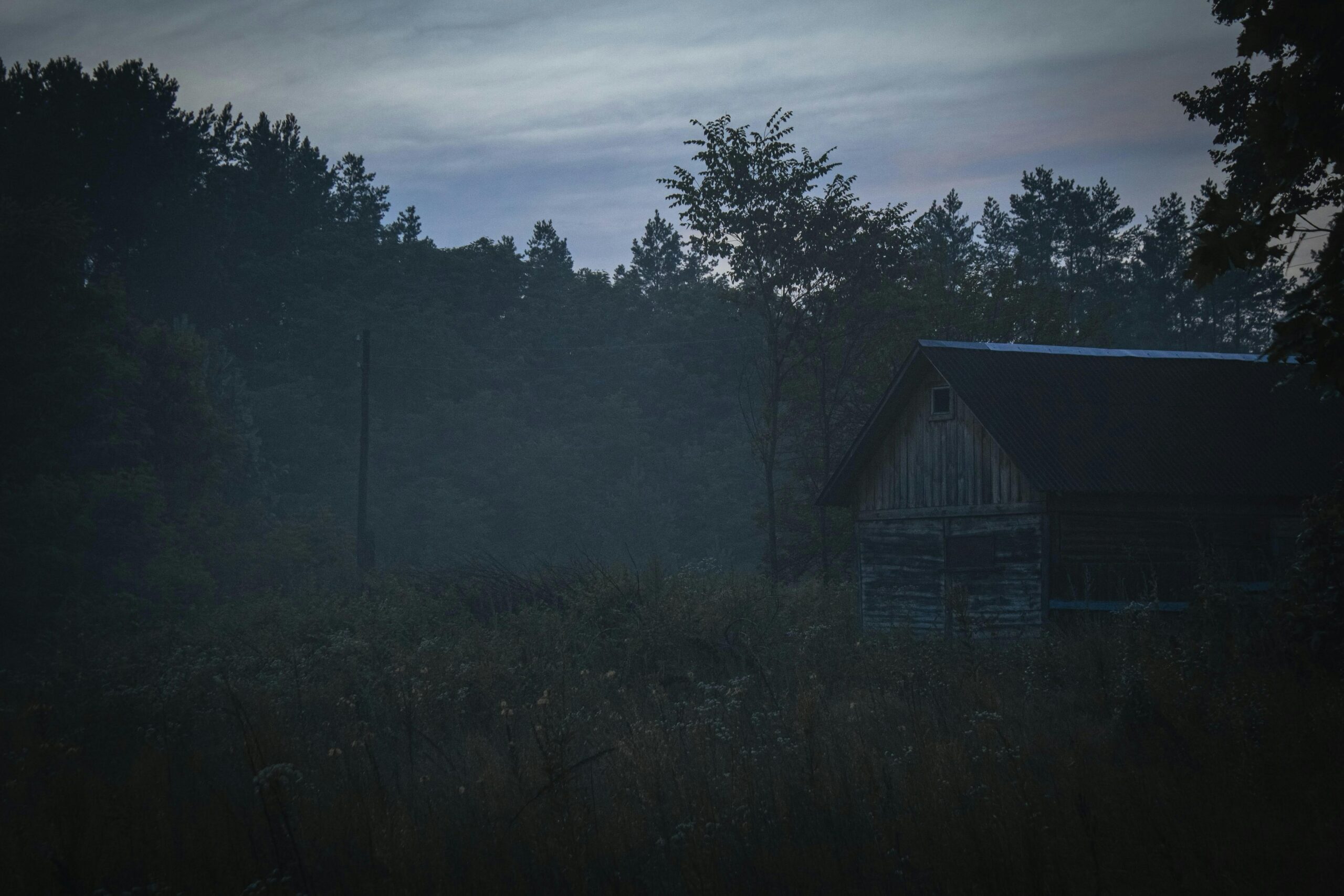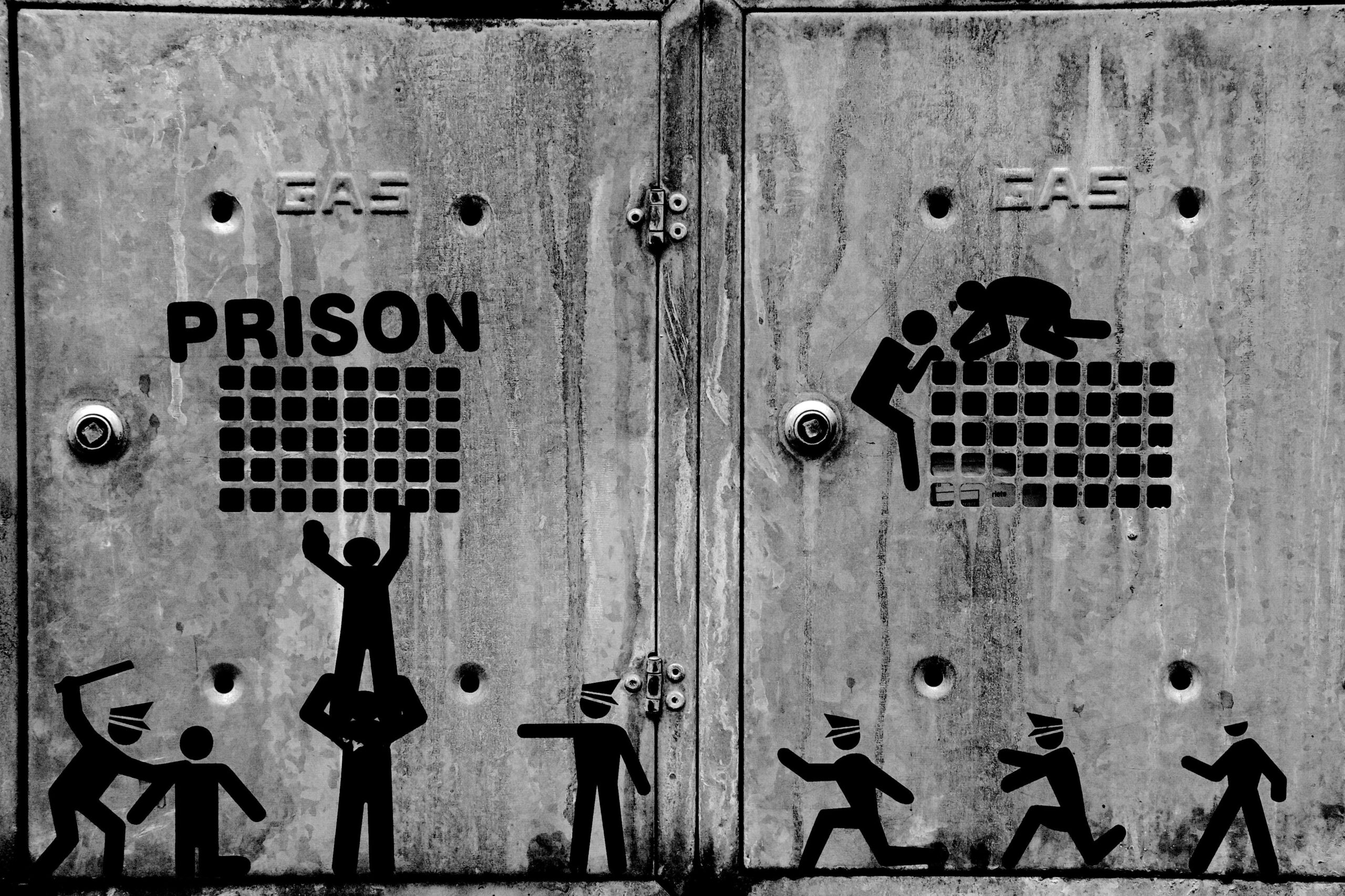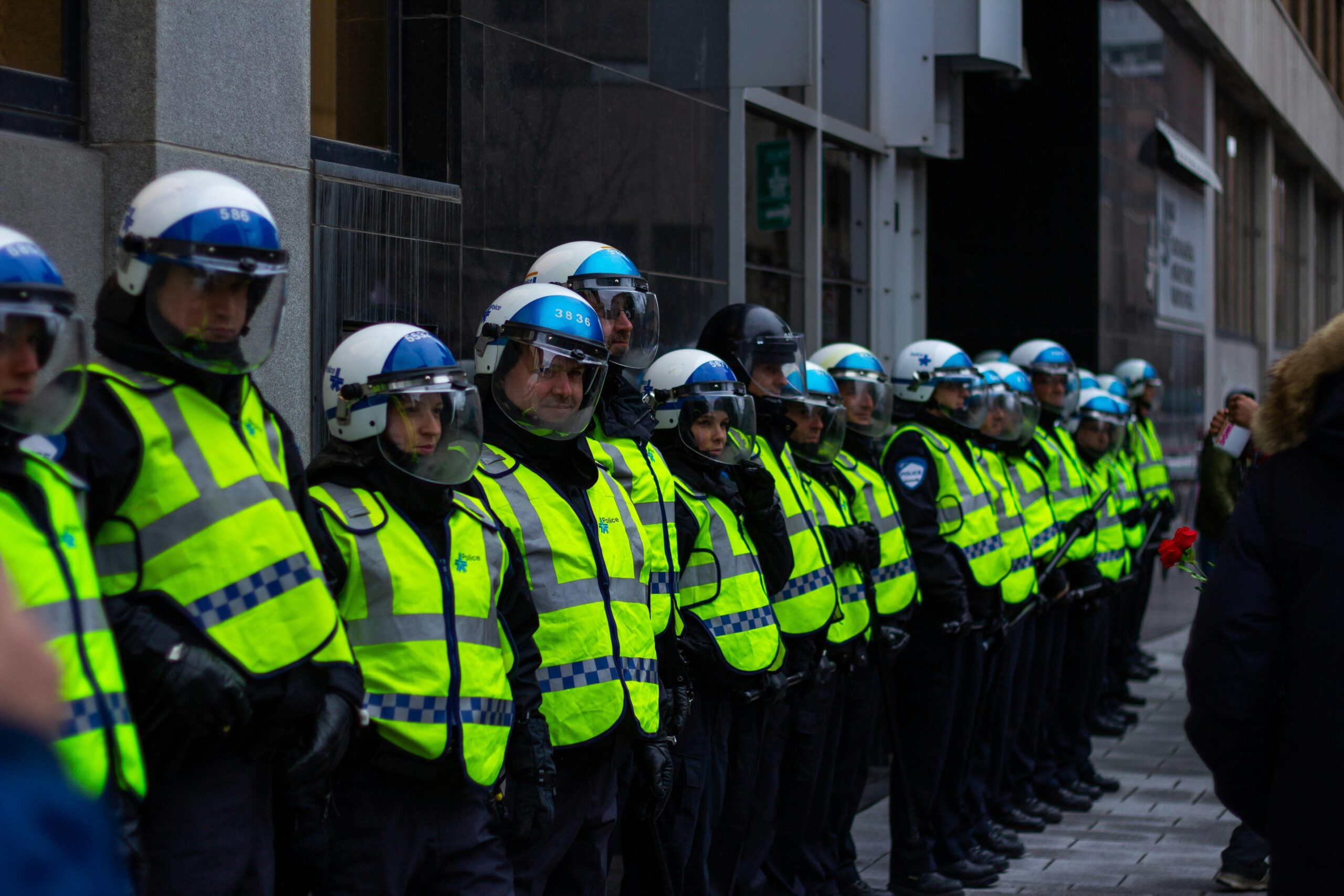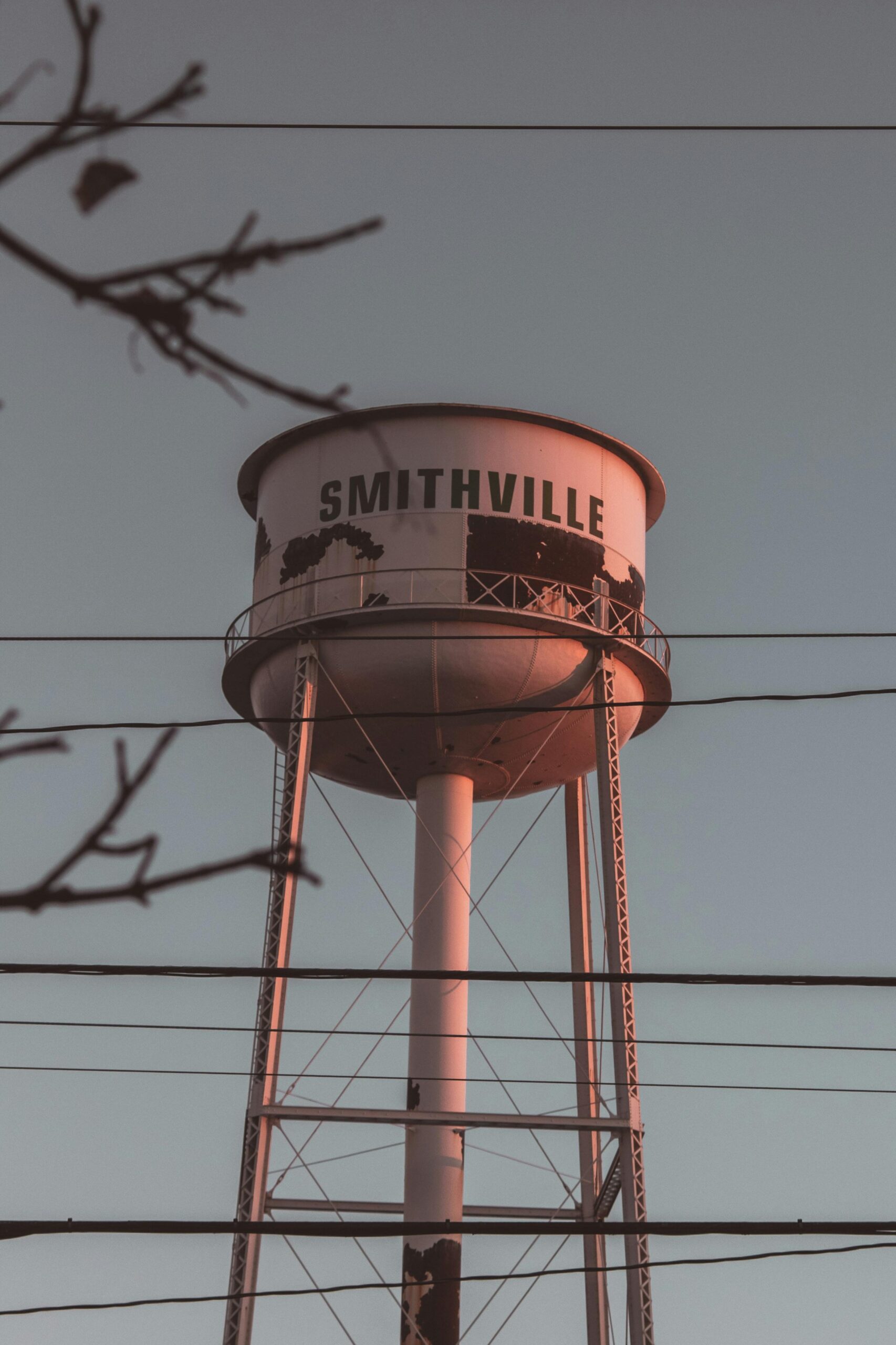Imagine stumbling upon a remote farmstead in early 20th-century Germany, only to discover a chilling scene that has puzzled investigators for over a century. The Hinterkaifeck farm murders remain one of the most baffling and eerie mysteries in true crime history — six family members brutally killed, with no clear motive and an identity for the killer that still eludes us. In this article, we’ll dive deep into the strange clues, bizarre circumstances, and haunting theories that surround this grim case. Join me as we unravel the mystery behind the Hinterkaifeck farm murders and explore what might have really happened on that cold spring night.
Table of Contents
- The Chilling Discovery That Shook a Village to Its Core
- Secrets Lurking Behind the Farmhouse Walls
- Piecing Together Clues from the Past
- What Modern Forensics Could Reveal if the Case Reopened
- Future Outlook
The Chilling Discovery That Shook a Village to Its Core
On a quiet evening in 1922, the peaceful rhythm of rural life was shattered by an event that no one in the village could fathom. The gruesome fate of the Hinterkaifeck family was uncovered not long after neighbors noticed smoke rising from the neglected farmstead, yet no one had seen the family for several days. Inside the dimly lit farmhouse, the chilling scene revealed the brutal end of six innocent lives—each victim bound by silence, leaving behind more questions than answers. The farmhouse itself seemed frozen in time, with footprints leading to the house but none leading away, casting a shadow of eerie mystery that gripped the entire community in disbelief and fear.
As news spread, the village grappled with an unsettling reality: there was no clear suspect, no obvious motive, and a strange sense that the killer might still be lurking nearby. The investigation unearthed several perplexing clues that only deepened the enigma:
- Strange sounds heard days before the murders, including footsteps in the attic and unexplained noises.
- The family’s mysterious behavior leading up to their disappearance, reported by distant neighbors and locals.
- Unusual evidence left untouched, such as a locked gate and an undisturbed barn, raising suspicions about the killer’s familiarity with the farm.
The haunting aura surrounding this discovery continues to fascinate true crime enthusiasts and historians alike, making the Hinterkaifeck case one of the most perplexing unsolved mysteries in German history.
Secrets Lurking Behind the Farmhouse Walls
Deep within the quiet rural landscape of Bavaria, a sinister atmosphere hung heavy around the Hinterkaifeck farmhouse even before the murders took place. Locals whispered of strange noises echoing through the night, unexplained footprints in the snow leading to and from the isolated property, and the unsettling feeling that someone—or something—was watching from the shadows. Intriguingly, just days prior to the tragedy, the family had reported hearing footsteps in the attic despite the house being locked and empty during the day. These eerie manifestations hinted at a hidden menace lurking beneath the rustic charm of the farm.
Beyond these chilling apparitions, several overlooked clues point to a tangled web of secrets:
- Unusual financial transactions discovered in hidden ledgers, suggesting clandestine dealings that may have fostered resentment.
- Old family rivalries that had simmered for decades, fueled by inheritance disputes and broken promises.
- Mysterious visitors who appeared without invitation yet seemed strangely familiar with the household’s inner workings.
- Encrypted messages found in personal belongings, hinting at secret alliances or warnings ignored.
Each layer peeled back from the farmhouse’s story reveals not just a crime, but a mosaic of human fear, greed, and betrayal—a potent reminder that even the most peaceful facades can harbor dark, untold truths.
Piecing Together Clues from the Past
Over the decades, investigators and amateur sleuths alike have attempted to reconstruct the chilling sequence of events at Hinterkaifeck farm. What makes this mystery particularly intriguing is the sheer volume of contradictory testimonies and fragmented physical evidence. Every piece of the puzzle—from mysterious footprints leading to the cellar, to cryptic messages scribbled on the farmhouse walls—beckons us to decipher the truth hidden beneath layers of myth and speculation. Careful poring over old police reports, local folklore, and forensic analyses reveals subtle patterns that might otherwise escape notice. It’s as if the past itself is reluctant to give up its secrets, clinging stubbornly to ambiguity.
Notably, studying the social dynamics of the victims and those around them exposes a web of potential motives and grudges. Among the clues uncovered are:
- Unexplained disappearances of livestock shortly before the murders
- Reports of eerie noises and strange figures seen near the farm
- Incongruities in testimonies from neighbors hesitant to speak openly
- Scratches found inside the attic, suggesting a desperate struggle
Each detail invites deeper inquiry, challenging us to piece together not just what happened but why. With every clue meticulously examined, we edge closer to dispelling the enveloping darkness surrounding this haunting case.
What Modern Forensics Could Reveal if the Case Reopened
Advancements in forensic science since the 1920s mean that reopening the Hinterkaifeck case could shed light on countless unknowns. Modern techniques such as DNA profiling could identify, or at least narrow down, potential suspects by extracting genetic material from preserved personal effects or even soil samples taken at the original crime scene. Additionally, advanced ballistics analysis and determination of the murder weapon could offer insights, as contemporary methods allow for microscopic examination of weapon marks that were impossible to scrutinize nearly a century ago.
Moreover, modern forensics could benefit from digital reconstruction and data modeling to reconstruct the timeline and spatial dynamics of the murders. This might reveal:
- Movement patterns within the farmhouse, mapping out the likely position of victims and assailants during the attack.
- Unseen traces of struggle or overlooked evidence such as minute blood spatter patterns or hidden footprints enhanced through 3D scanning.
- Environmental DNA (eDNA) analysis on objects and surfaces that could pinpoint who was present in the area leading up to and after the crime.
These capabilities blur the line between history and science, offering a fascinating glimpse into what the future might reveal by revisiting this dark mystery with fresh eyes and cutting-edge tools.
Future Outlook
As we peel back the layers of this chilling chapter in history, the Hinterkaifeck farm murders remain a haunting reminder of how some mysteries refuse to fade with time. While modern forensics and dedicated research have shed light on many dark corners, the full story still beckons us with unanswered questions and eerie whispers from the past. Whether you’re a true crime enthusiast or simply curious about history’s unsolved cases, the Hinterkaifeck tragedy invites us to keep questioning, keep exploring, and never stop seeking the truth hidden beyond the shadows. Who knows—maybe one day, the final piece of the puzzle will emerge from the silence of that lonely Bavarian farm. Until then, the mystery endures.











